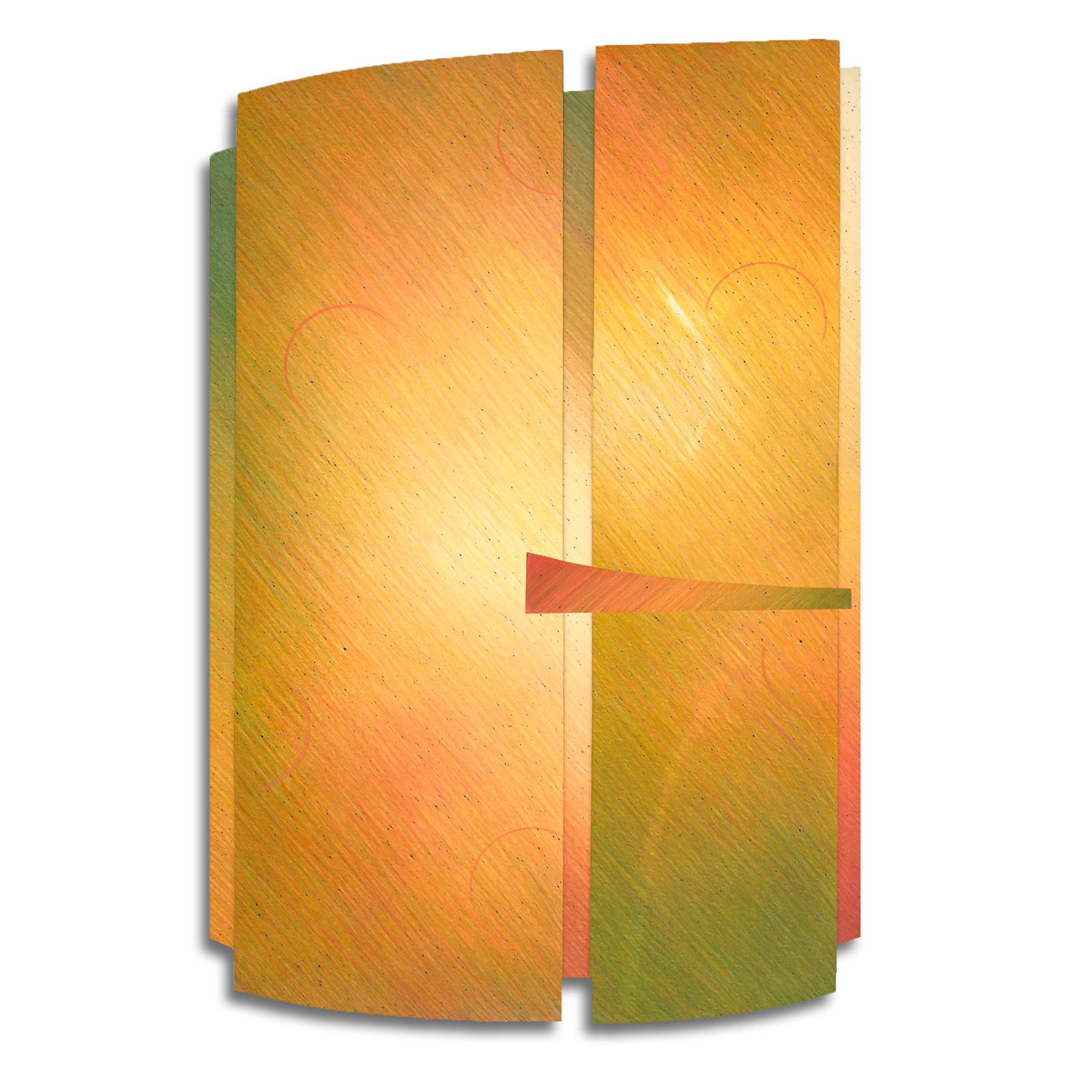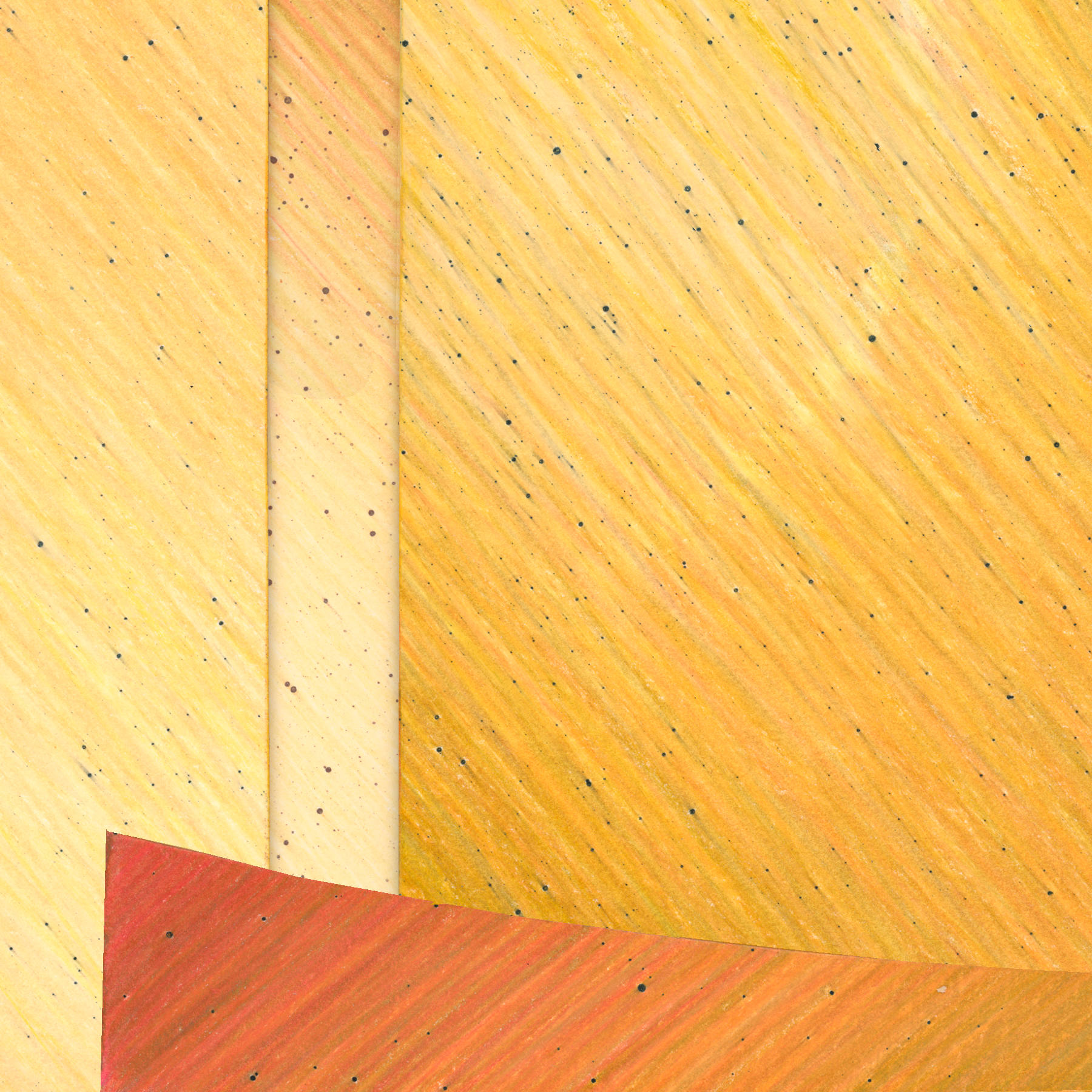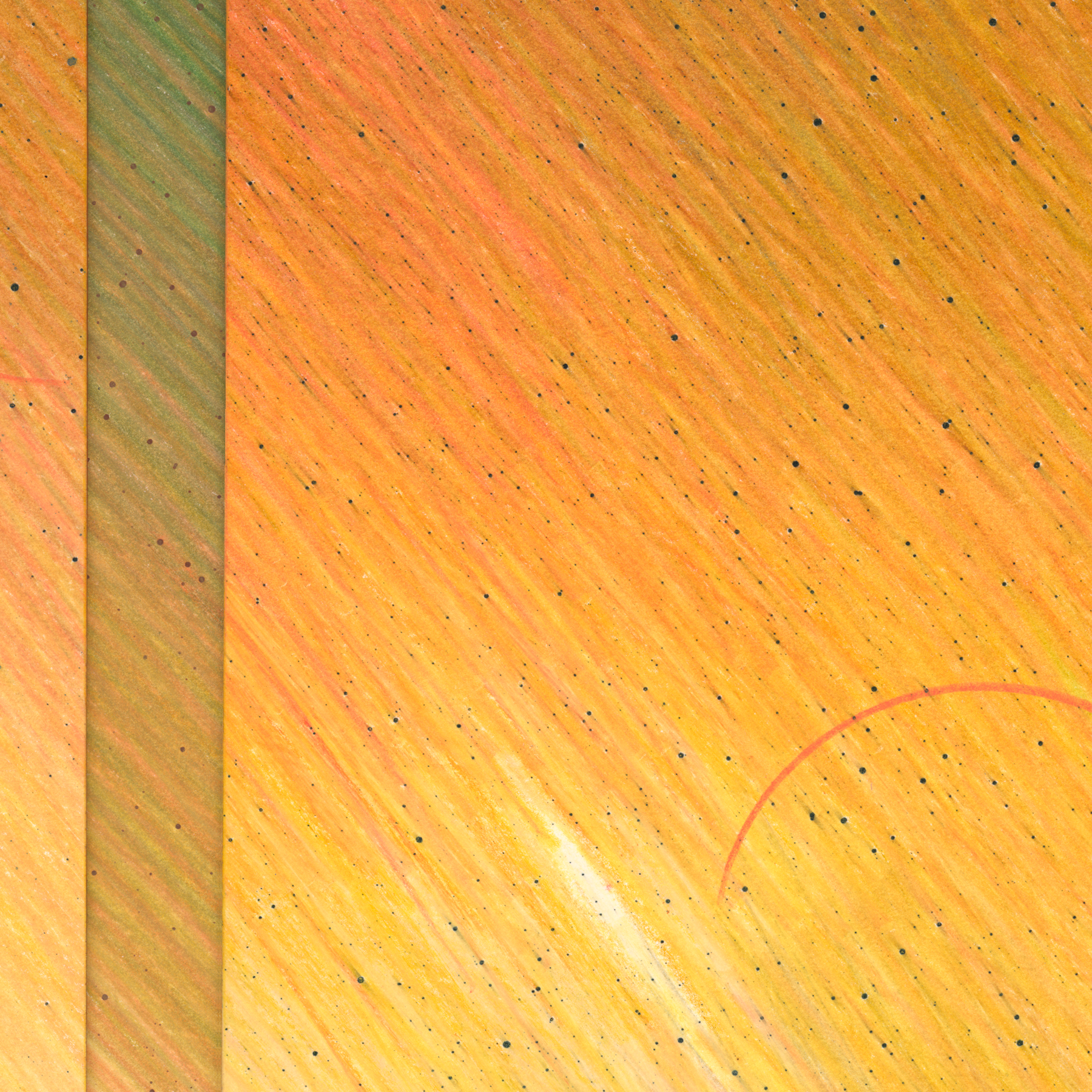Color field painters (like me) aim to use color to evoke an emotional response from the viewer, hopefully creating a meditative or spiritual effect.
While color is the vehicle for this series, the concept deals with being liminal. “Liminal” comes from the Latin word “limen” for “threshold.” When standing in a threshold of a doorway, we are neither here or there, not in the past and not yet arriving into the future. We are in transition, which can also be a time of heightened creativity. When confronted with the unknown, we have more openness to new ideas. We can have our best creative moments when we are liminal. I am using the gate motif to symbolize liminality.
A quote from the artist Robert Henri: "The object isn't to make art, it's to be in that wonderful state which makes art inevitable."
I am a bit fascinated by all the avenues our human creativity takes us, and how throwing ourselves into a liminal state can increase that creativity.
“Gate Series 1-12” colored pencil on museum board, mounted on panel, each is 12 × 8 inches.



“Gold Gate” colored pencil on museum board, mounted on panel, 24 x 16 inches. Two detail images show the strokes & texture.































